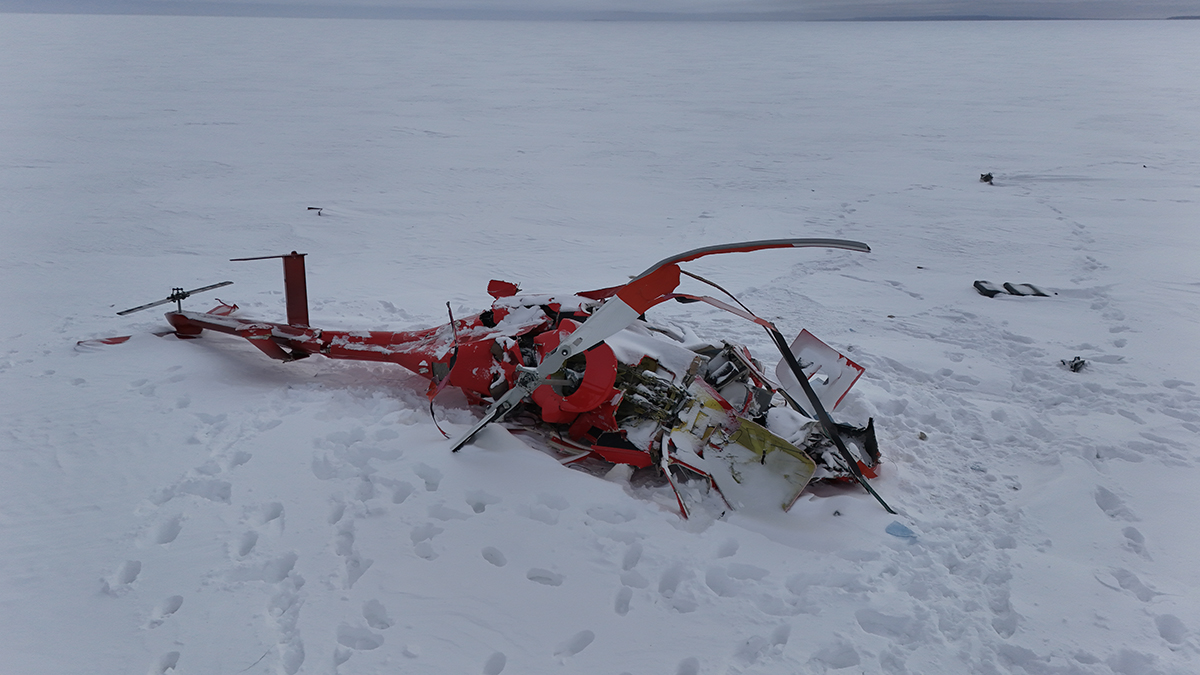Collision with terrain
Hanley Heli Service Inc.
Bell 206L Helicopter, C-GCHM
Fort Chipewyan, Alberta
The occurrence
On , a Bell 206L helicopter, operated by Hanley Heli Service Inc., was conducting aerial survey work in the western area of Lake Athabasca near Fort Chipewyan, Alberta.
While flying over the lake, the pilot encountered an abrupt change in weather that resulted in low visibility conditions in the area. He attempted to return to the Fort Chipewyan Airport, but was unable to land and turned back south over the lake. Shortly after, the helicopter struck the frozen surface of Lake Athabasca, activating the emergency locator transmitter. Search and rescue operations were immediately initiated, and the helicopter was eventually located approximately 4 nautical miles east-southeast of the airport.
The pilot, who was the only person on board, was fatally injured. There was no post-impact fire. The TSB is investigating.
Investigation information
Download high-resolution photos from the TSB Flickr page.
Class of investigation
This is a class 3 investigation. These investigations analyze a small number of safety issues, and may result in recommendations. Class 3 investigations are generally completed within 450 days. For more information, see the Policy on Occurrence Classification.
TSB investigation process
There are 3 phases to a TSB investigation
- Field phase: a team of investigators examines the occurrence site and wreckage, interviews witnesses and collects pertinent information.
- Examination and analysis phase: the TSB reviews pertinent records, tests components of the wreckage in the lab, determines the sequence of events and identifies safety deficiencies. When safety deficiencies are suspected or confirmed, the TSB advises the appropriate authority without waiting until publication of the final report.
- Report phase: a confidential draft report is approved by the Board and sent to persons and corporations who are directly concerned by the report. They then have the opportunity to dispute or correct information they believe to be incorrect. The Board considers all representations before approving the final report, which is subsequently released to the public.
For more information, see our Investigation process page.
The TSB is an independent agency that investigates air, marine, pipeline, and rail transportation occurrences. Its sole aim is the advancement of transportation safety. It is not the function of the Board to assign fault or determine civil or criminal liability.
